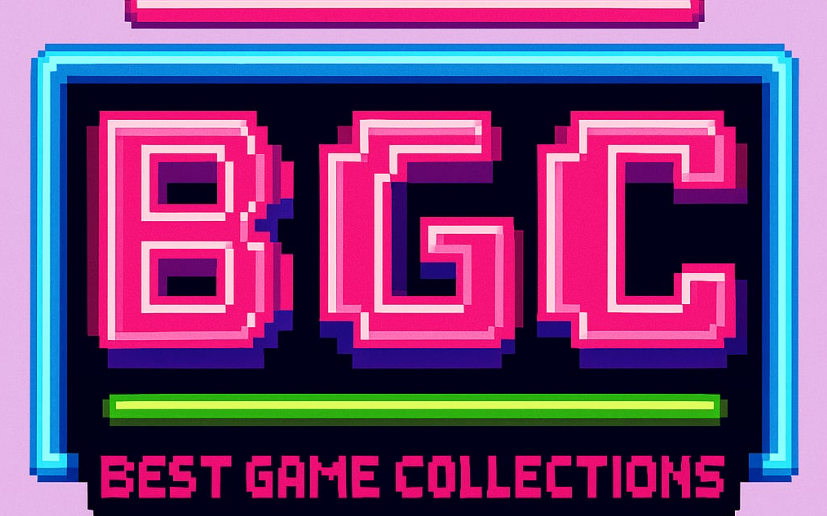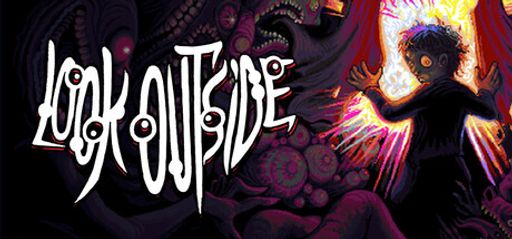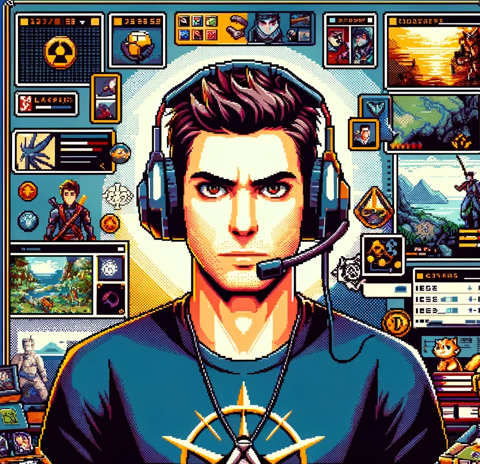 I recently played Look Outside by Francis Coulombe and published by Devolver Digital. From start to finish, every corner of the 10–12 hour experience burst with surprises. In particular, I loved discovering hidden side quests, collectibles, and branching storylines while scanning every dialogue nook. In fact, some users even call it one of the best indie horror games for its cosmic vibe and clever humor. That said, I do wish it offered a bit more extra content for true completionists, but its intricate details more than make up for that and keep things engaging.
I recently played Look Outside by Francis Coulombe and published by Devolver Digital. From start to finish, every corner of the 10–12 hour experience burst with surprises. In particular, I loved discovering hidden side quests, collectibles, and branching storylines while scanning every dialogue nook. In fact, some users even call it one of the best indie horror games for its cosmic vibe and clever humor. That said, I do wish it offered a bit more extra content for true completionists, but its intricate details more than make up for that and keep things engaging.
 I felt the same thrill! Even though the game’s setting is confined to an apartment, it never felt small. Instead, its labyrinthine corridors continually revealed secrets around every turn. As a result, I spent hours scavenging for supplies and engaging with wacky neighbors. In many ways, the game evokes that indie charm I adored in other survival horror favorites. For instance, it reminds me of titles where each hidden room unlocks yet another twist in the story.
I felt the same thrill! Even though the game’s setting is confined to an apartment, it never felt small. Instead, its labyrinthine corridors continually revealed secrets around every turn. As a result, I spent hours scavenging for supplies and engaging with wacky neighbors. In many ways, the game evokes that indie charm I adored in other survival horror favorites. For instance, it reminds me of titles where each hidden room unlocks yet another twist in the story.
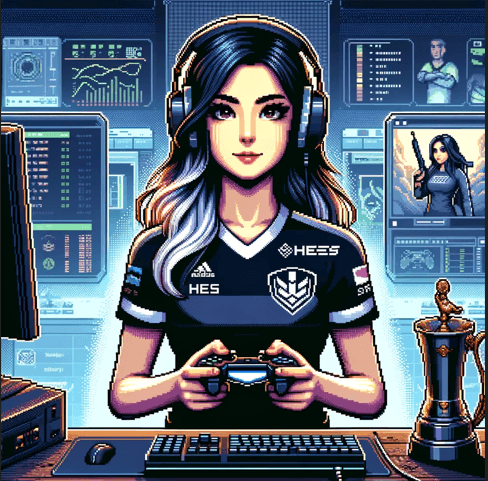 The turn-based combat really set this title apart. Every encounter is a tactical puzzle: weapon choices, spacing, and creative item usage combine into a strategic challenge. It shares a spirit with classic turn-based RPGs like Dragon Quest but layers on a macabre twist. Balancing party members and managing resources elevates each battle and adds a delightful complexity worthy of hardcore gamers.
The turn-based combat really set this title apart. Every encounter is a tactical puzzle: weapon choices, spacing, and creative item usage combine into a strategic challenge. It shares a spirit with classic turn-based RPGs like Dragon Quest but layers on a macabre twist. Balancing party members and managing resources elevates each battle and adds a delightful complexity worthy of hardcore gamers.

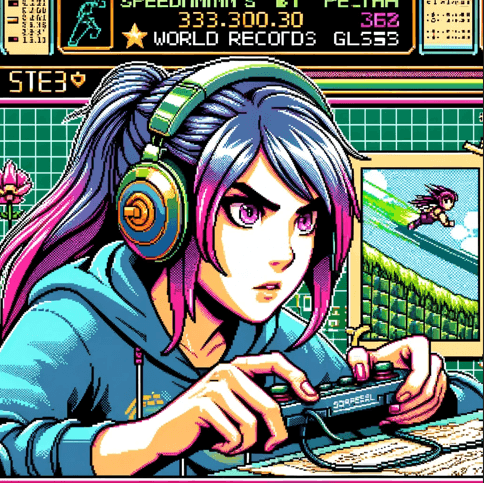 And the combat rhythm makes for some exciting speedrun potential! I love planning my moves with precision to shave off precious seconds. Optimizing exploration paths and resource collection means mastering every minute detail. It adds that extra layer of challenge for those who seek to break personal records and refine their strategies.
And the combat rhythm makes for some exciting speedrun potential! I love planning my moves with precision to shave off precious seconds. Optimizing exploration paths and resource collection means mastering every minute detail. It adds that extra layer of challenge for those who seek to break personal records and refine their strategies.
 Story-wise, Look Outside excels in delivering a slow-burn mystery. The narrative unfolds through environmental cues, cleverly hidden lore, and unexpected character introductions. Francis Coulombe weaves the story with care—even when pacing feels a bit uneven mid-game, each secret and twist makes it worthwhile for completionists like me.
Story-wise, Look Outside excels in delivering a slow-burn mystery. The narrative unfolds through environmental cues, cleverly hidden lore, and unexpected character introductions. Francis Coulombe weaves the story with care—even when pacing feels a bit uneven mid-game, each secret and twist makes it worthwhile for completionists like me.
 The characters really hook you into the tale. Bizarre allies and quirky neighbors each add personality to the dark narrative. Their unique backstories and surprising interactions make the plot feel personal, inviting you to explore every hidden corner. It’s like every conversation unravels a new piece of the puzzle.
The characters really hook you into the tale. Bizarre allies and quirky neighbors each add personality to the dark narrative. Their unique backstories and surprising interactions make the plot feel personal, inviting you to explore every hidden corner. It’s like every conversation unravels a new piece of the puzzle.
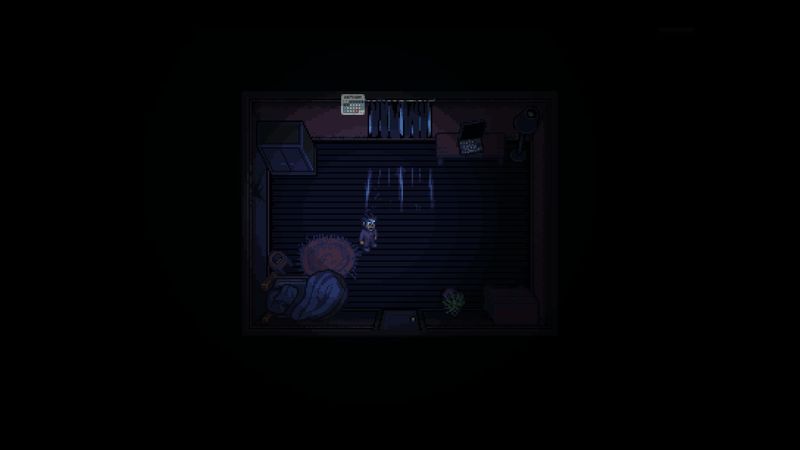
 I appreciate how character arcs tie directly into gameplay mechanics. Recruiting an ally isn’t just a story beat; it changes your combat options and strategy. Each character’s distinct abilities add a layer of tactical decision-making that challenges you on every encounter. It’s a great mix of narrative and gameplay depth.
I appreciate how character arcs tie directly into gameplay mechanics. Recruiting an ally isn’t just a story beat; it changes your combat options and strategy. Each character’s distinct abilities add a layer of tactical decision-making that challenges you on every encounter. It’s a great mix of narrative and gameplay depth.
 And the dialogue moves fast without feeling rushed. During my speedruns, clear and succinct storytelling helps me progress without wasting time. Every sound cue and conversation snippet informs my planning for the next, making the narrative both accessible and actionable.
And the dialogue moves fast without feeling rushed. During my speedruns, clear and succinct storytelling helps me progress without wasting time. Every sound cue and conversation snippet informs my planning for the next, making the narrative both accessible and actionable.
 Visually, the game is a delight with its impeccable body horror aesthetic. Hand-crafted creature designs, moody lighting, and a bold color palette heighten the eerie atmosphere. While a few minor performance issues appear on older systems, they hardly detract from the overall artistry that truly rewards detailed exploration.
Visually, the game is a delight with its impeccable body horror aesthetic. Hand-crafted creature designs, moody lighting, and a bold color palette heighten the eerie atmosphere. While a few minor performance issues appear on older systems, they hardly detract from the overall artistry that truly rewards detailed exploration.
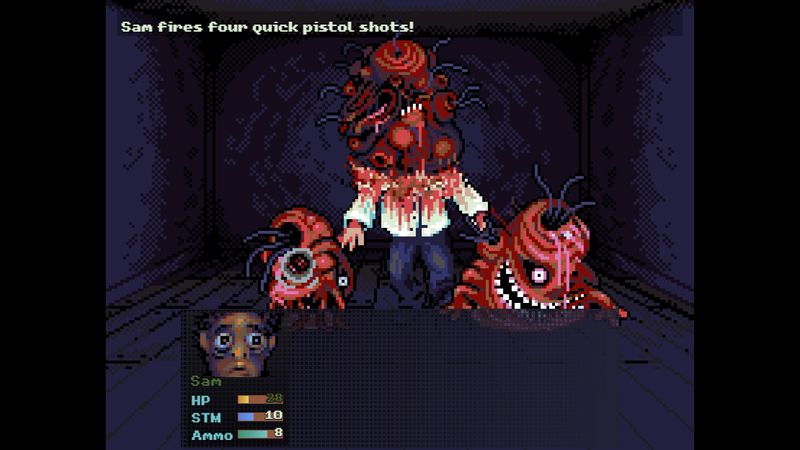
 The visuals set a perfect mood for adventure. Dark corridors and sudden bursts of light create an immersive setting that increases tension on every expedition. The art style feels both retro and fresh—exactly what I crave during a late-night gaming session.
The visuals set a perfect mood for adventure. Dark corridors and sudden bursts of light create an immersive setting that increases tension on every expedition. The art style feels both retro and fresh—exactly what I crave during a late-night gaming session.
 The strategic layout of combat arenas also benefits from smart graphical design. The clear visual cues allow players to plan moves ahead, making turn-based fights both aggressive and aesthetically pleasing. It’s an inspiring example of how art and strategy can coexist in an RPG.
The strategic layout of combat arenas also benefits from smart graphical design. The clear visual cues allow players to plan moves ahead, making turn-based fights both aggressive and aesthetically pleasing. It’s an inspiring example of how art and strategy can coexist in an RPG.
 I’ve got to add that smooth animations and responsive effects are a plus. Clean visuals help me quickly assess threats, making my speedrun routes more efficient. It’s a small detail, but it significantly boosts gameplay performance.
I’ve got to add that smooth animations and responsive effects are a plus. Clean visuals help me quickly assess threats, making my speedrun routes more efficient. It’s a small detail, but it significantly boosts gameplay performance.
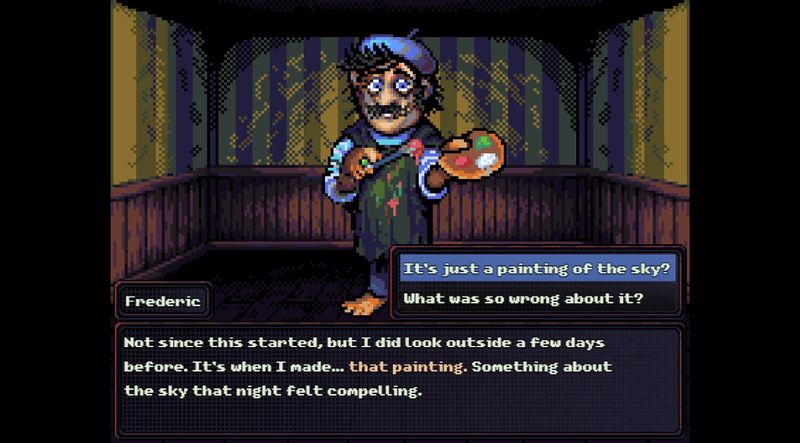
 On the audio side, the soundtrack and sound effects deliver a haunting experience. The ambient tracks and eerie soundscapes pull you into the game’s unsettling world. I appreciated how subtle audio cues guide you through secret rooms and dangerous corridors.
On the audio side, the soundtrack and sound effects deliver a haunting experience. The ambient tracks and eerie soundscapes pull you into the game’s unsettling world. I appreciated how subtle audio cues guide you through secret rooms and dangerous corridors.
 The music transitions stand out during exploration, switching from quiet tension to sudden bursts of intensity in combat. It feels like every track was designed to complement a specific moment. The sound design truly adds another layer to the storytelling.
The music transitions stand out during exploration, switching from quiet tension to sudden bursts of intensity in combat. It feels like every track was designed to complement a specific moment. The sound design truly adds another layer to the storytelling.
 Sound effects also mirror each combat move perfectly. Every clash, creature roar, and ambient hum reinforces the intense battles. While a few moments of mismatched audio occurred, they were rare and hardly disrupted the overall flow.
Sound effects also mirror each combat move perfectly. Every clash, creature roar, and ambient hum reinforces the intense battles. While a few moments of mismatched audio occurred, they were rare and hardly disrupted the overall flow.
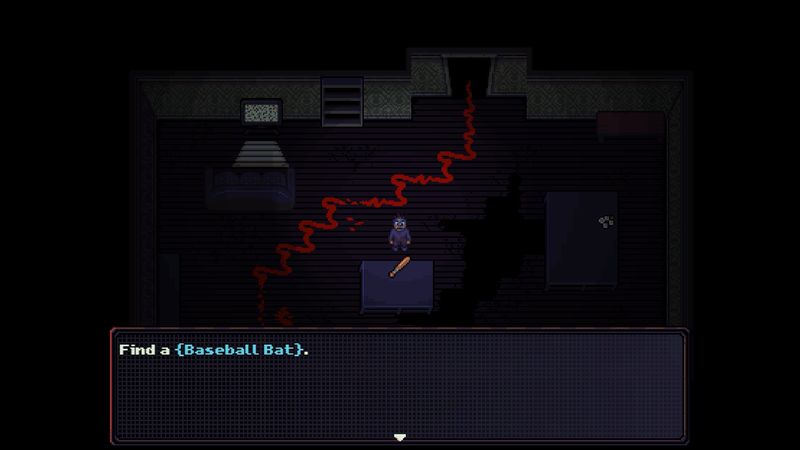
 Sound cues are crucial when I’m racing against the clock. Clear, rhythmic audio notifies me when to dodge or counter-attack. This integration makes every run feel precise and well-timed—exactly what a speedrunner demands.
Sound cues are crucial when I’m racing against the clock. Clear, rhythmic audio notifies me when to dodge or counter-attack. This integration makes every run feel precise and well-timed—exactly what a speedrunner demands.
 The challenge level in Look Outside is well-balanced, mixing tactical turn-based battles with environmental puzzles and resource management. Some battles spike in difficulty, prompting you to revisit earlier areas for hidden upgrades and secrets. That layered challenge boosts replay value and rewards each careful exploration.
The challenge level in Look Outside is well-balanced, mixing tactical turn-based battles with environmental puzzles and resource management. Some battles spike in difficulty, prompting you to revisit earlier areas for hidden upgrades and secrets. That layered challenge boosts replay value and rewards each careful exploration.
 Every obstacle feels distinct. Whether I’m avoiding grotesque monsters or deciphering cryptic clues in dark hallways, the diversity of challenges keeps the adrenaline rushing. This variety makes me want to re-experience the game with different strategies each time.
Every obstacle feels distinct. Whether I’m avoiding grotesque monsters or deciphering cryptic clues in dark hallways, the diversity of challenges keeps the adrenaline rushing. This variety makes me want to re-experience the game with different strategies each time.

 For competitive players, every combat encounter demands perfect timing and strategic clarity. Balancing risks and rewards in each skirmish mirrors the challenge curves found in other top-tier turn-based games. Mastering these systems feels genuinely rewarding.
For competitive players, every combat encounter demands perfect timing and strategic clarity. Balancing risks and rewards in each skirmish mirrors the challenge curves found in other top-tier turn-based games. Mastering these systems feels genuinely rewarding.
 And the rapid pacing challenges speedrunners to exploit efficient routes and strategies. Each new playthrough offers room to refine tactics. It’s exciting to see how minor improvements can shave seconds off a run while tackling evolving difficulties.
And the rapid pacing challenges speedrunners to exploit efficient routes and strategies. Each new playthrough offers room to refine tactics. It’s exciting to see how minor improvements can shave seconds off a run while tackling evolving difficulties.
 In final thoughts, Look Outside stands out with its unique blend of survival horror, inventive turn-based combat, and immersive narrative. Francis Coulombe and Devolver Digital have crafted a title that appeals to both completionists and story enthusiasts. Its layered challenges and quirky characters make it a standout indie gem.
In final thoughts, Look Outside stands out with its unique blend of survival horror, inventive turn-based combat, and immersive narrative. Francis Coulombe and Devolver Digital have crafted a title that appeals to both completionists and story enthusiasts. Its layered challenges and quirky characters make it a standout indie gem.
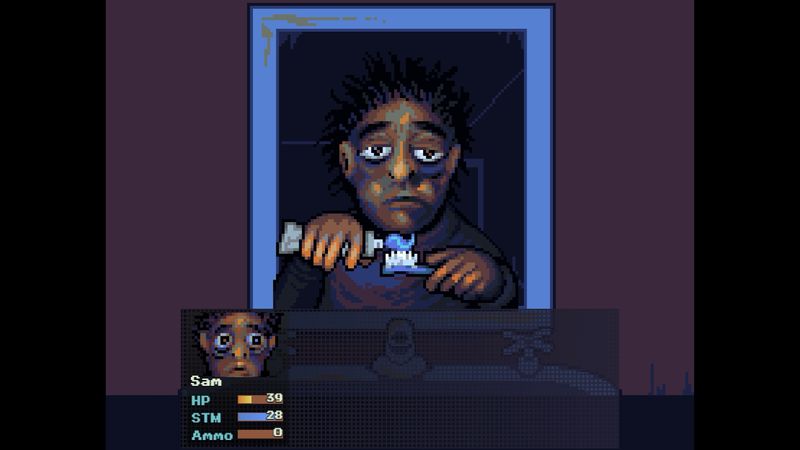
 I couldn’t agree more. The adventurous spirit in every corridor and the constant lure of secrets keep the experience fresh. It’s a brilliant mix of horror, exploration, and unexpected humor that calls out to every indie game lover.
I couldn’t agree more. The adventurous spirit in every corridor and the constant lure of secrets keep the experience fresh. It’s a brilliant mix of horror, exploration, and unexpected humor that calls out to every indie game lover.
 The game’s strategic depth is a huge plus for hardcore gamers. Its clever mechanics, team building, and nuanced combat let you dive deep into a challenging yet rewarding tactical experience.
The game’s strategic depth is a huge plus for hardcore gamers. Its clever mechanics, team building, and nuanced combat let you dive deep into a challenging yet rewarding tactical experience.
 And from a speedrunning perspective, every element is optimized for quick, thrilling playthroughs. The fast-paced structure and efficiency requirements make it a fresh challenge every time you play.
And from a speedrunning perspective, every element is optimized for quick, thrilling playthroughs. The fast-paced structure and efficiency requirements make it a fresh challenge every time you play.
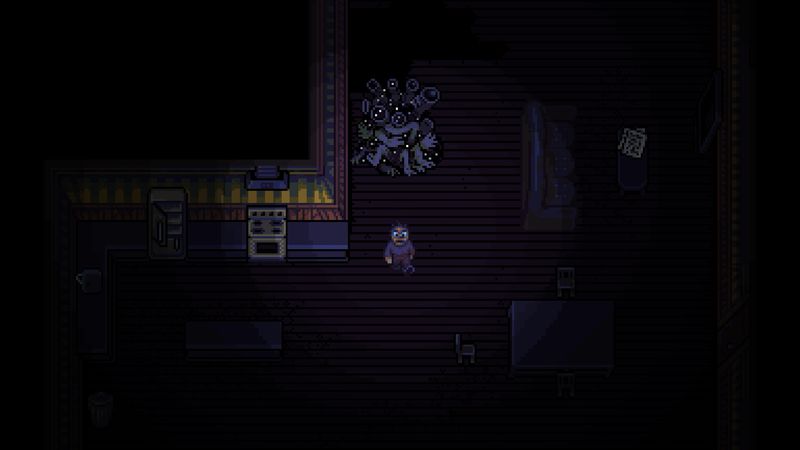
 I recommend trying Darkest Dungeon. Its gothic visuals and challenging turn-based combat create a tight, atmospheric experience. Resident Evil 7 offers intense survival horror and immersive environments that keep you on edge. This War of Mine delivers innovative resource management in a bleak, gripping scenario. Little Nightmares pairs eerie storytelling with mysterious environments, perfect for fans of offbeat indie horror.
I recommend trying Darkest Dungeon. Its gothic visuals and challenging turn-based combat create a tight, atmospheric experience. Resident Evil 7 offers intense survival horror and immersive environments that keep you on edge. This War of Mine delivers innovative resource management in a bleak, gripping scenario. Little Nightmares pairs eerie storytelling with mysterious environments, perfect for fans of offbeat indie horror.
